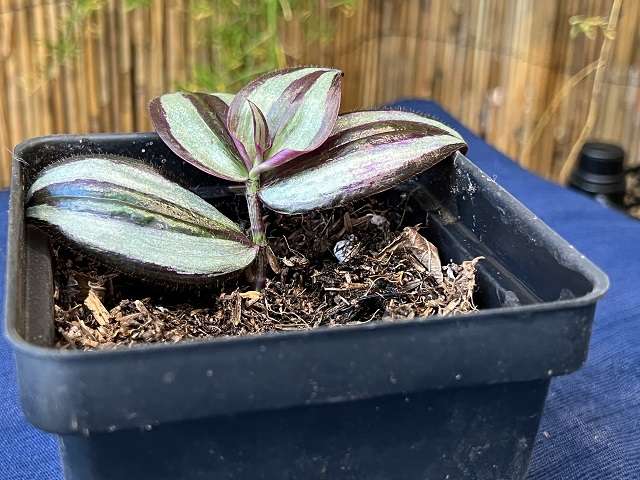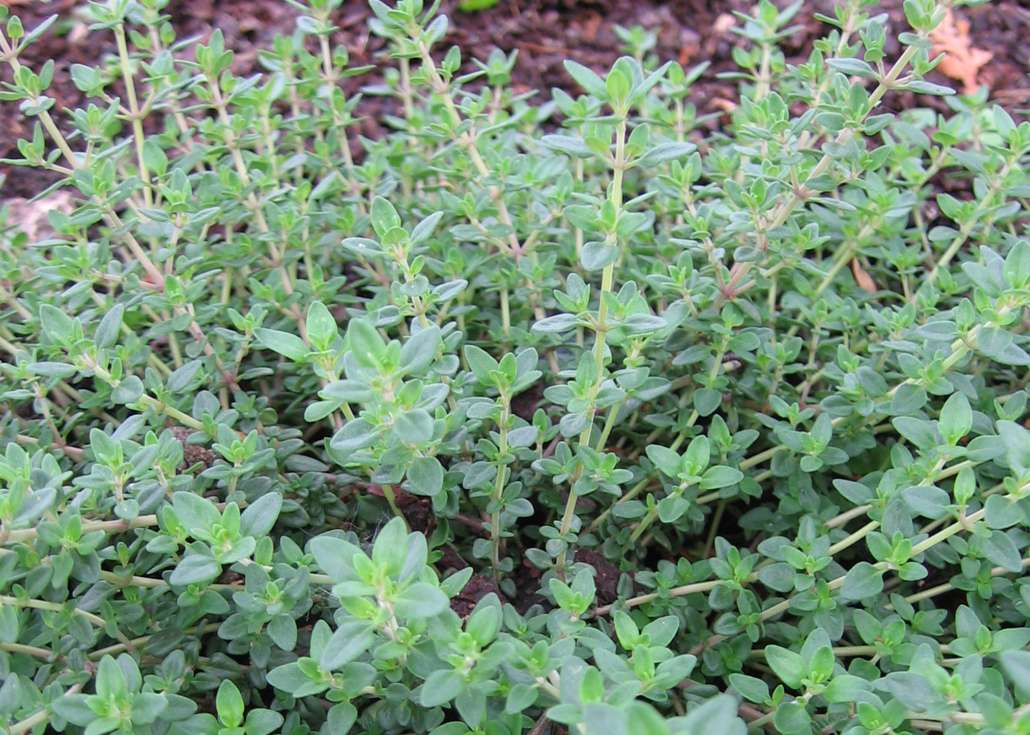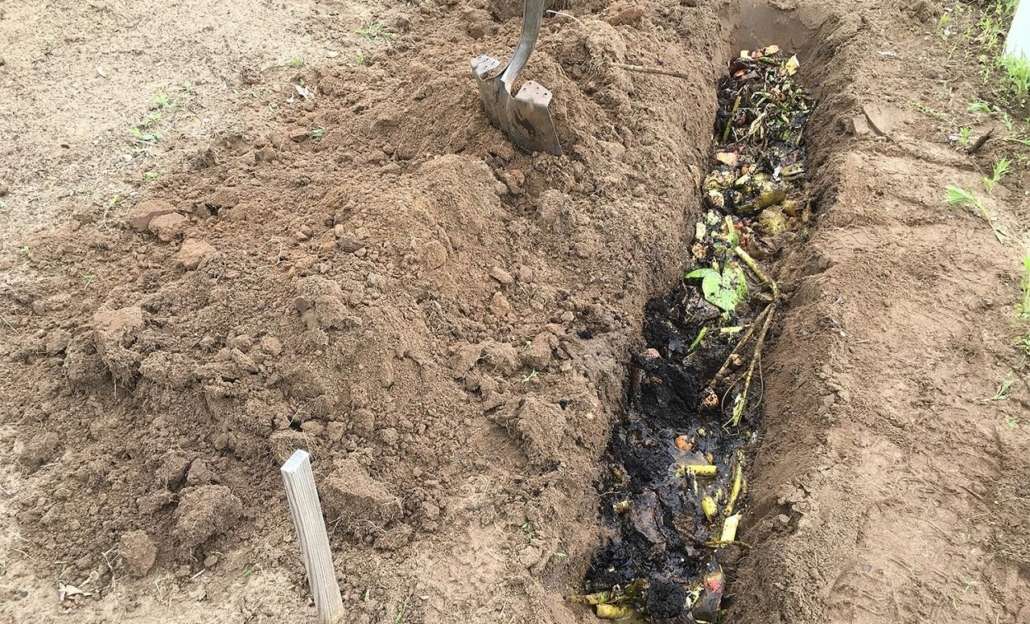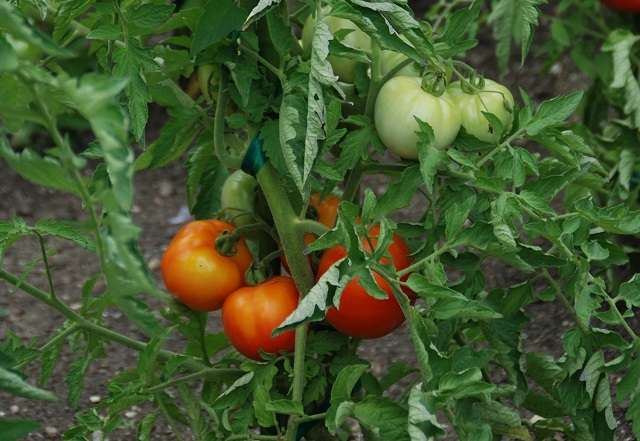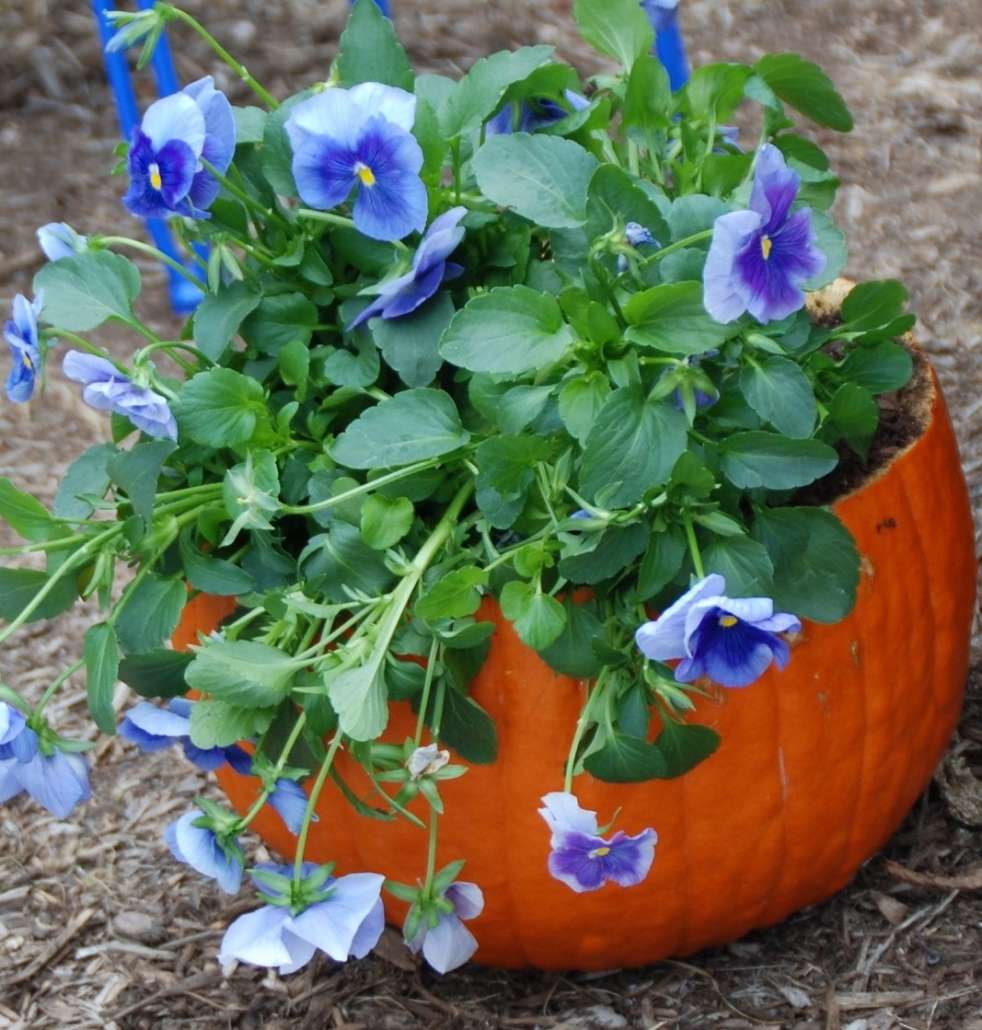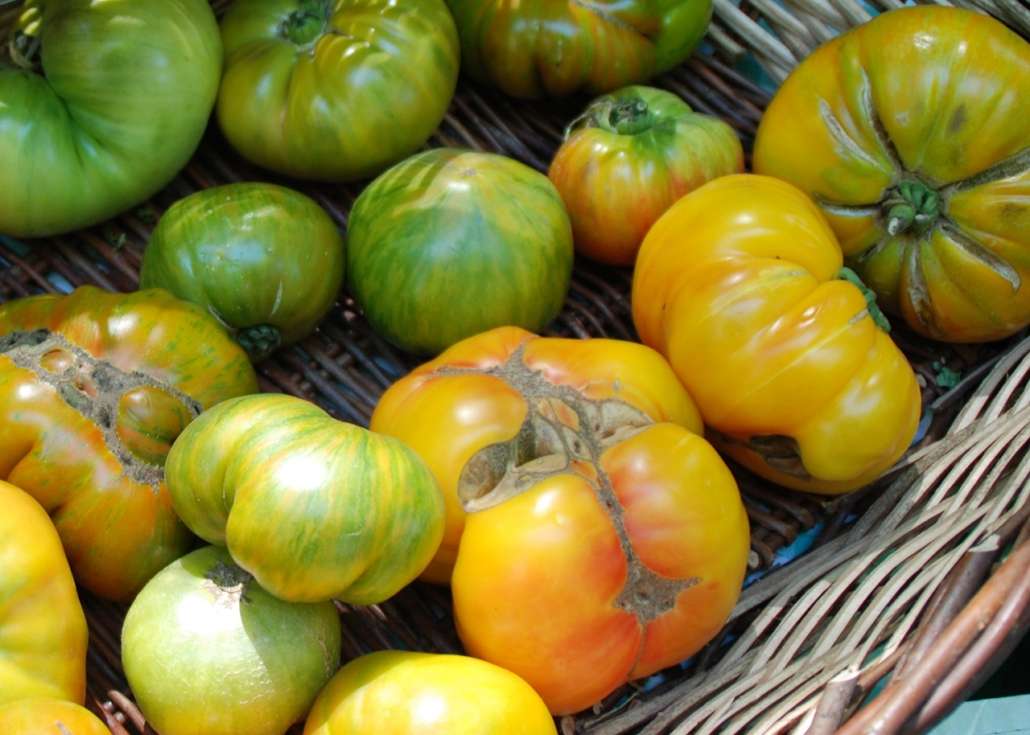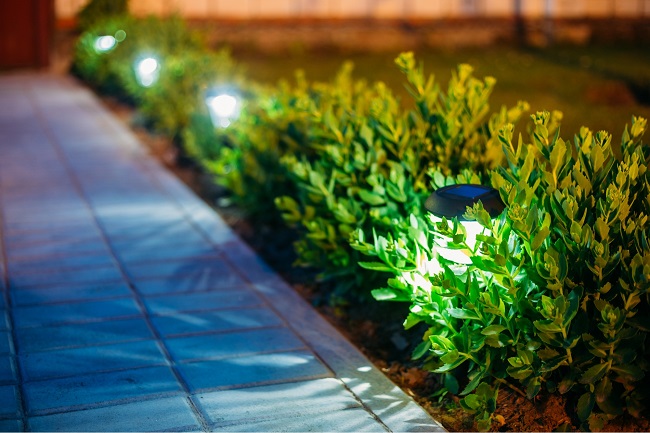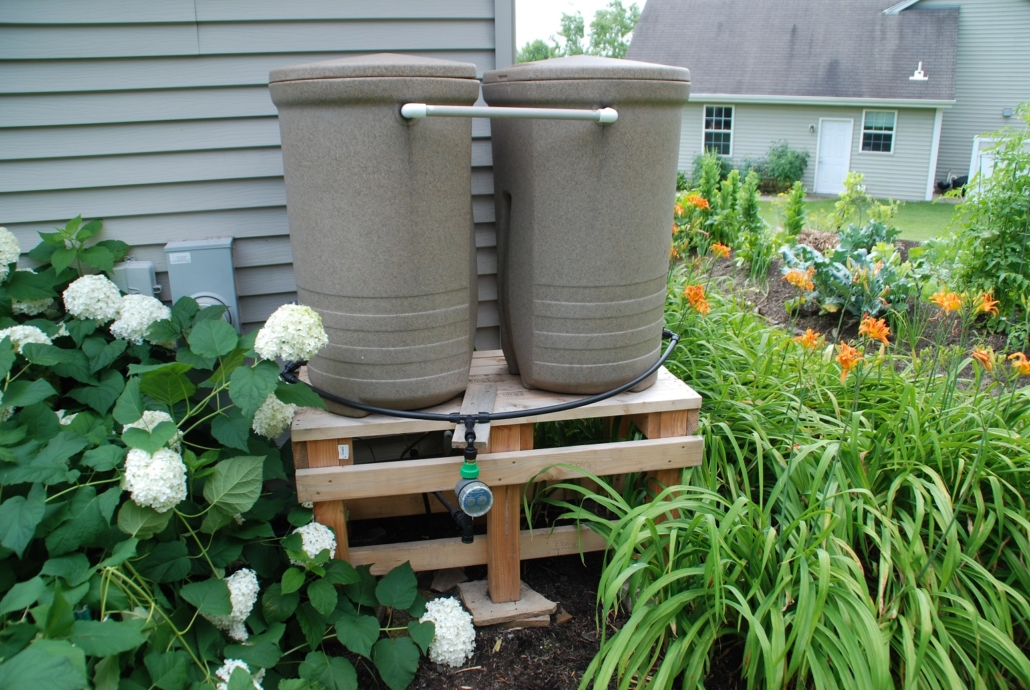SMALL SPACE GARDENING: Fall care of perennials
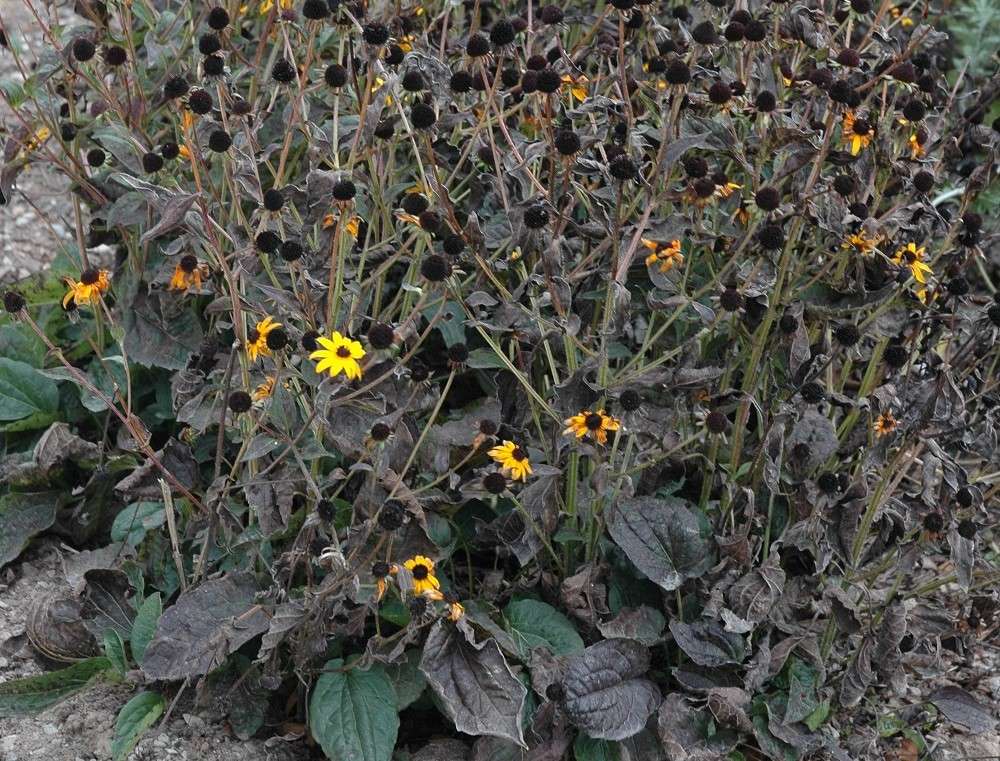
The seed heads of rudbeckia attract seed-eating songbirds to the winter garden.
Photo courtesy of MelindaMyers.com
 by Melinda Myers
by Melinda Myers
As you transition your gardens from fall to winter, you may be contemplating a bit of garden clean up. Before reaching for the pruners and rakes, consider all the benefits and beauty of leaving healthy perennials stand for winter.
The seed heads of many perennials like coneflower, rudbeckias, liatris and bee balm attract seed-eating songbirds like finches, sparrow, chickadees, juncos, and jays to the winter garden. These winged visitors add motion and color to the winter garden. Best of all, you don’t need to refill and clean this natural food source.
Many of these plants provide homes for beneficial insects, including native bees and other pollinators. A variety of these insects overwinter in or near the stems of perennials.
Native plants have evolved with many of these insects, birds and wildlife and most provide homes and food for native insects, songbirds, and wildlife. Purple coneflower, liatris, rudbeckias, sunflowers, asters, goldenrod, yucca, and Joe Pye weed are just a few of these native plants you might be growing.
Enjoy the winter foliage of evergreen and semi-evergreen perennials by leaving them intact in the garden. Watch for and avoid disturbing the green leaves at the base of perennials like yarrow, Shasta daisy, and globe thistle.
Leave borderline hardy perennials intact to improve their chances of surviving a harsher-than-normal winter. The stems capture any snow and helps retain any additional winter mulch, both providing needed root insulation.
Remove any diseased or insect-pest-infested plants. Removing this from the garden in fall reduces the risk of these problems occurring next year. Discard do not compost this material as most compost piles do not heat up to high enough temperatures to kill them. Contact your local municipality for disposal options.
Remove hosta leaves once the fall color fades and leaves die to reduce the risk of leaf nematodes overwintering in the crown of the plants. It also eliminates a winter home for slugs and their eggs.
Wait for several hard frosts when cutting back perennials in the fall. In milder climates, wait for leaves to brown and dry completely. This ensures the plant has stored all the energy it produced in the roots for healthy growth next spring.
Use sharp bypass pruners to make a clean cut through the stem. Disinfect tools by dipping in rubbing alcohol or spraying with a disinfect spray to prevent the spread of disease.
Rake leaves into the garden over the soil surface around the plants instead of to the curb. Fall leaves make great mulch that moderates soil temperature, suppresses weeds, conserves moisture, and improves the soil as they break down. Plus, they are free.
Wait to finish removing perennials until spring temperatures regularly hover in the 50’s. This allows overwintering insects a chance to leave their winter homes. It also provides songbirds much needed food in spring before many of our plants begin producing seeds and berries.
Once the garden is set for winter, you can relax and make plans for the spring garden.
Melinda Myers has written more than 20 gardening books, including the recently released Midwest Gardener’s Handbook, 2nd Edition and Small Space Gardening. She hosts The Great Courses “How to Grow Anything” instant video and DVD series and the nationally syndicated Melinda’s Garden Moment TV & radio program. Myers is a columnist and contributing editor for Birds & Blooms magazine and her website is www.MelindaMyers.com.


